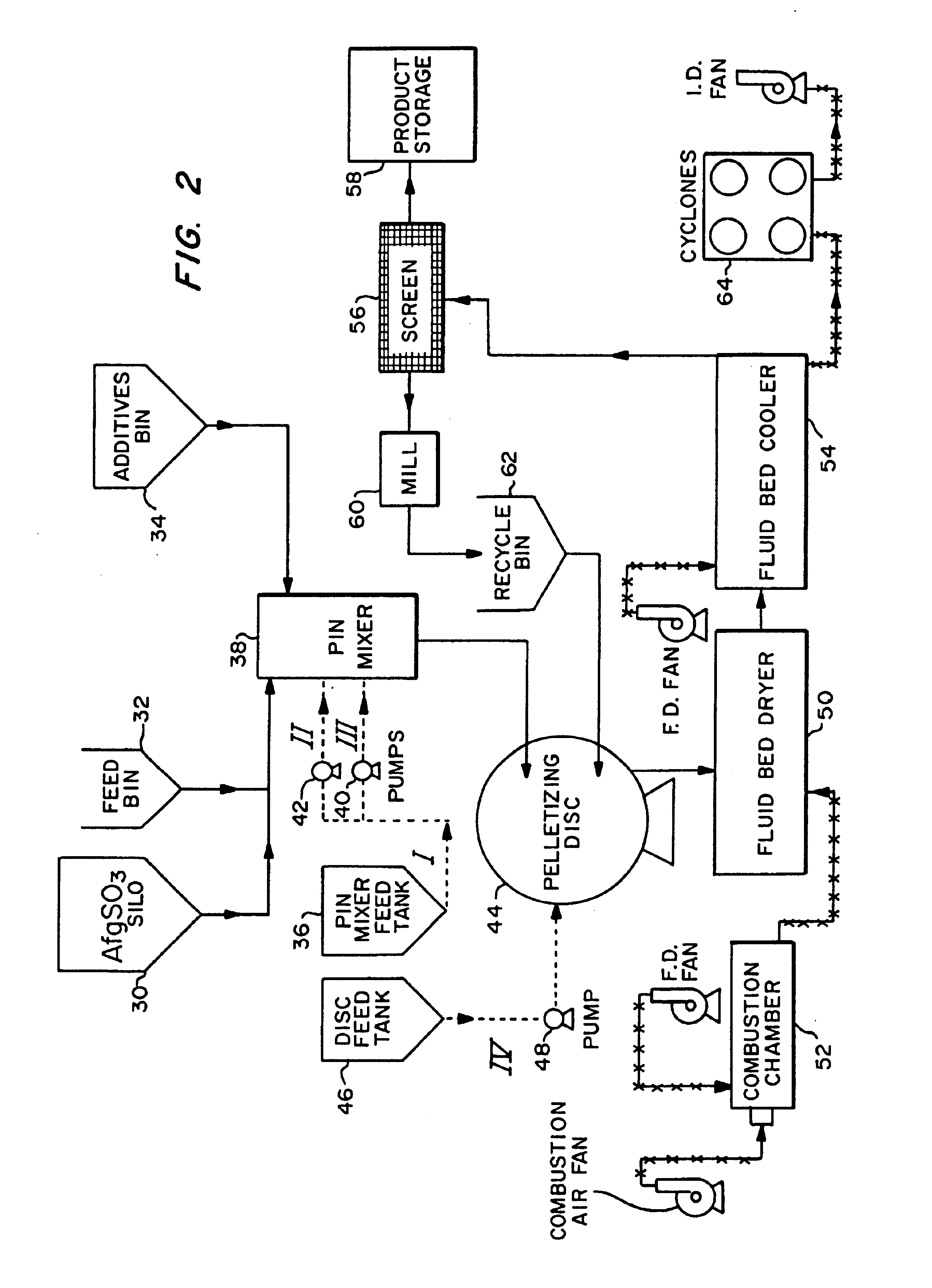Soil enhancers
- Summary
- Abstract
- Description
- Claims
- Application Information
AI Technical Summary
Benefits of technology
Problems solved by technology
Method used
Image
Examples
example 1
Silica Leaching Tests
[0040]Four different calcium silicate slags were tested to determine which one released the most silica. The test used a standard leaching test procedure, through multiple washings of the test material with a leaching solution in a column.
[0041]The leaching solution contained 0.1 M tris-hydroxy-methyl-amino methane (THAM) buffer. The THAM buffer was formed by dissolving 12.1 g THAM in 800 mL deionized (DI) water and adjusting the pH of the solution to 7.0 by adding 1:1 hydrochloric acid. The volume of the solution was then adjusted to 1000 mL through the addition of DI water. 15-20 liters of the buffer solution was formed.
[0042]A column containing a 20 mL syringe body (J&H Berge Inc., So. Plainfield, N.J., catalog # 79-4215-12), with a length of 10.6 cm and an inner diameter of 1.84 cm, was used in the leaching procedure (see FIG. 3B). Glass wool strands were shaped into two balls. One was placed at the bottom of the column to prevent the solid test material fro...
example 2
Analysis of Silica Content in Different Slags
[0050]Four different slags were tested to determine their silica content. The slags were: CS slag with magnesium silicate (Mg CS), Calcium Silicate Corporation regular slag (CS regular slag), RecMix® regular slag, and Magnesium silicate clay. 2.0 g of slag were placed in a 50 mL tube. 25.0 mL of 0.5 N acetic acid was added to the tube. The tube was covered and shaken end over end for one hour. Then the contents of the tube were filtered through a Whatman #5 filter. 1.0 mL of the filtrate was removed and mixed with 10.0 ML of DI water. From this mixture, 0.5 mL was removed and mixed with 10.0 ML of DI water, 0.25 mL of hydrochloric acid (1:1 solution), and 0.5 mL of ammonium molybdate (10% adjusted). After mixing, the solution sat for 5 minutes. Then 0.5 mL tartaric acid (20% solution) was added. After mixing, the solution sat for 2 minutes. Then 0.5 mL sulfonic acid (reducing agent) was added. After mixing, the solution sat for 5 minutes....
example 3
Effects of CS Slag, Mg CS Slag and Dolomite on Sugarcane
[0054]CS slag with magnesium sulfite (Mg CS slag), Calcium Silicate Corporation regular slag (CS regular slag), and Dolomite were applied in different amounts to a field of sugarcane and tested to determine the amounts of magnesium, calcium, and silicon that they delivered in the leaves after 27 weeks.
[0055]Mg CS slag contained 609 lb / ton SiO2, 95 lb / ton Mg and 416 lb / ton Ca. CS regular slag contained 847 lb / ton SiO2, 4 lb / ton Mg and 585 lb / ton Ca. Dolomite contained 170 lb / ton Mg and 453 lb / ton Ca and no silica.
[0056]The soil was tested to determine its pH and the amount of silicon, magnesium, and calcium in the soil prior to treatment. The soil was acidic, with a pH of 3.8. It contained 121 ppm Ca, 5.25 ppm Mg, and 1.25 lb / acre Si.
[0057]Fourteen plots were tested, including two control plots. Broadcast soil treatments were applied to Plots 1-5 and 8-13. Plots 7 and 14 served as controls and were not treated.
[0058]On Plot 1, 1...
PUM
 Login to View More
Login to View More Abstract
Description
Claims
Application Information
 Login to View More
Login to View More - R&D
- Intellectual Property
- Life Sciences
- Materials
- Tech Scout
- Unparalleled Data Quality
- Higher Quality Content
- 60% Fewer Hallucinations
Browse by: Latest US Patents, China's latest patents, Technical Efficacy Thesaurus, Application Domain, Technology Topic, Popular Technical Reports.
© 2025 PatSnap. All rights reserved.Legal|Privacy policy|Modern Slavery Act Transparency Statement|Sitemap|About US| Contact US: help@patsnap.com



